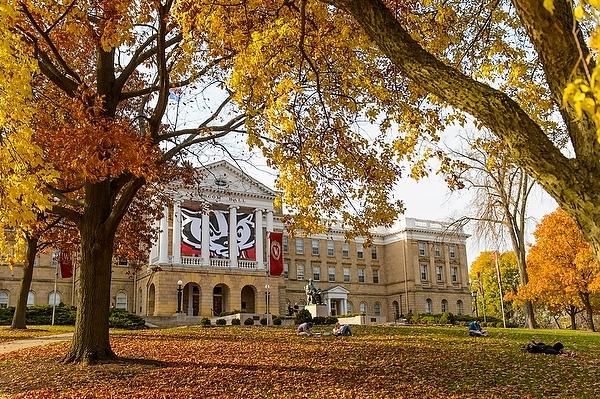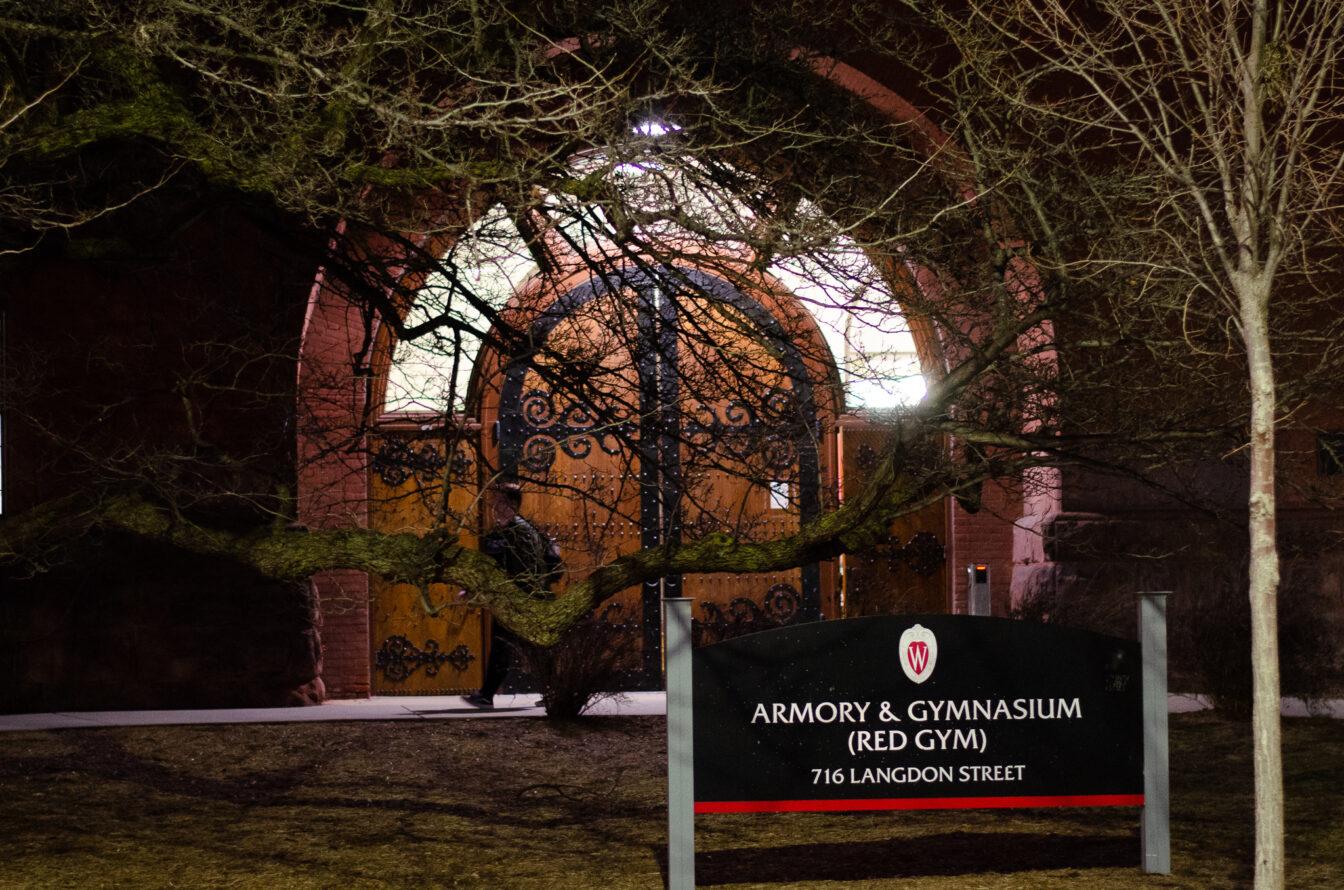Consensus reports on polarizing scientific issues do have the ability to influence public opinion and discourse, according to research released last month by University of Wisconsin professor Dominique Brossard.
The report looked at traditional and social media discourse before and after the 2016 release of a National Academies of Sciences, Engineering and Medicine consensus report on genetically engineered crops. It found that NASEM reports such as this can help shape public discourse in today’s complex media landscape.
This report is one of about 200-250 reports per year by NASEM, each of which call together experts from a variety of academic and political backgrounds to assess health, agronomy, environmental and social effects of a particular topic.
There were sharp increases in Twitter conversations regarding GMOs when the study was released in May of 2016, and the study found overall reduced negativity in Twitter discourse. They report also found increased ambivalence in public risk and benefit perception of GMOs.
These findings mirrored the NASEM report’s conclusions, which found no substantiated evidence of any health effects to humans or animals that consume genetically engineered crops. The report also found no conclusive evidence of environmental problems from genetically engineered crops but stated the complex nature of environmental changes made it difficult to reach definitive conclusions.
Agriculture experts attempt to dispel myths, inform public on GMOs
Brossard, UW professor and chair of the Department of Life Sciences Communication, was apart of the two year, 18 person team that produced the 2016 report on genetically engineered crops. She said the “social scientist” in her wanted to understand the context of the report in order to understand its effects on public discourse.
“When I was appointed to the committee I was like, ‘Boy, those reports — how are they used?'” Brossard said. “What do we know as far as their effects? We don’t really know how the media covers it, or the impact on public opinion.”
Brossard found consensus reports and the following coverage important in the diffusion of scientific information to citizens. This diffusion is important, as any technological innovation, including GMOs, will require regulations made and policy passed, and citizens need to be involved in that decision process, Brossard said.
Specifically, Brossard — along with a team of researchers — surveyed how the report was covered in traditional and social media. The team used algorithms to measure the theme and the sentiment of coverage and included national survey data that looked at opinions before and after the report was released.
Despite the NASEM report’s findings, GMOs remain a polarizing topic for the American public. According to a Pew Research Center survey conducted in the months after the initial report was released, a majority of Americans perceived disagreement between scientists over whether or not genetically modified foods are safe to eat, while 48 percent of Americans said the health effects of genetically modified foods were no different than other foods.
Richard Amasino, professor of biochemistry at UW, said this polarization isn’t surprising given the amount of false information that is available to the public.
“There’s an enormous amount of misinformation out there that causes people to be afraid and, boy, it is not easy for a member of the general public to sort through the science behind any issue,” Amasino said.
Additionally, Amasino said he could cite research that shows a tight relationship between the increased use of Roundup — a widely-used herbicide — and increase in the diagnoses of autism. He could also cite papers that show a perfect correlation between increased diagnosed cases of autism and the increased consumption of organic foods or the increased sales of flat screen television, both of which are false correlations.
National Science Foundation awards grant to Computer Science department at UW
Amasino said people aren’t trying to spread misinformation, rather they believe this information is true, often based on correlation rather than causation.
This is where the NASEM reports comes in.
By taking all the data available on a certain topic — and in this case, spending more than two years deciphering it — to come to a consensus, Amasino said.
“In the end, I’m not saying we are right, but we made an enormous effort, and it’s an effort that’s greater than any member of the public could possibly make on their own with Google,” Amasino said.
Amasino hopes the public understands this and can rely on these independent reports to then form an opinion. But, the 2016 Pew Research Center survey found three in ten Americans to be skeptical about research such as this, saying that research findings on GM foods are often influenced by the researchers’ desires to help their industries.
The survey also found that people who know more about science topics are generally more likely to trust information from scientists and view genetically modified foods in a positive light.
In an effort to increase knowledge about science topics, NASEM focused on widespread communication of this report, including a live stream of the report’s release, Brossard said.
Brossard is already involved with committees looking at communication regarding other polarizing scientific issues, such as vaccinations and climate change.
“These studies happen all the time,” Brossard said. “The thing we are claiming is that very often they don’t get the publicity that they need and journalists don’t cover them so much. [The reports] could start useful conversation, they could be used in communities and so on, but unfortunately, they don’t reach those spaces.”

















